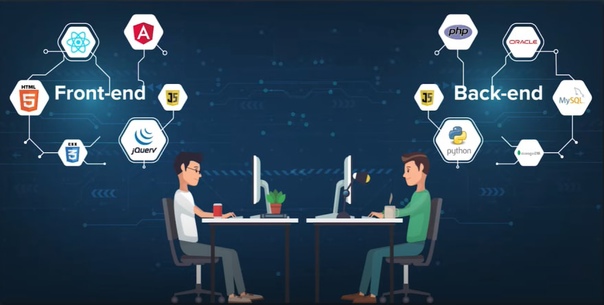The Intricacies of Backend Development
The world of web development comprises of two main aspects: the frontend and the backend. While the frontend deals with what users see and interact with, the backend is all about what goes on behind the scenes. In this article, we delve into the backend landscape, exploring its role, its contrast with frontend development, and the essentials of a backend course.
Role of a Backend Developer
A backend developer is responsible for server-side web application logic. They create, code, and improve the server, server-side applications, and databases that, when combined with frontend codes, help create a functional, seamless experience for users. Backend developers use server-side languages like Python, Java, Ruby, and .Net to build applications, and tools like MySQL, Oracle, and SQL Server to find, save, or change data and serve it back to the user in frontend code.
Backend vs Frontend
The vs frontend debate is a popular one in the web development sphere. While both are integral to web development, they focus on different ends of the spectrum. Frontend development is about the client side of applications, the user interface and user experience. It involves using languages like HTML, CSS, and JavaScript to create visuals and interactions that users engage with.
On the other hand, backend development is server-side development. It focuses on databases, scripting, website architecture, data manipulation, and the logic that powers the web application. It is the machine working behind the curtain, enabling the frontend experience to run smoothly.
Frontend vs Backend: The Differences
The Frontend vs backend comparison is not just about their roles but also the skills required for each. Frontend developers need to be adept at design, understanding UI/UX principles, and mastering languages like HTML, CSS, and JavaScript. They need to be able to translate a design into a website format that is user-friendly and responsive.
Backend developers, on the other hand, need to understand databases, server languages, and architecture. They also need to have problem-solving skills, as they are often called upon to create solutions to issues affecting the website’s functionality or performance.
Backend Developer Course
A backend course is designed to equip learners with the skills needed to become a backend developer. It covers server languages, database management, server hosting, and more. These courses often involve hands-on projects that allow students to apply what they’ve learned and build a portfolio.
Choosing the right course depends on your career goals, previous experience, and learning style. Some courses are self-paced, allowing you to learn at your own speed, while others are instructor-led and follow a strict schedule.
Regardless of the format, a good backend course should cover a variety of server-side languages, offer practical experience, and provide resources for further learning. It should also keep up-to-date with the industry’s changing landscape, as new tools and technologies are constantly emerging.
To sum up, backend development is a vital part of web development. It powers the functionality of web applications and works in tandem with frontend development to create a seamless user experience. Whether you’re considering a career in backend development or are just curious about what goes on behind the scenes of your favorite websites, understanding the backend landscape is a worthwhile endeavor.





